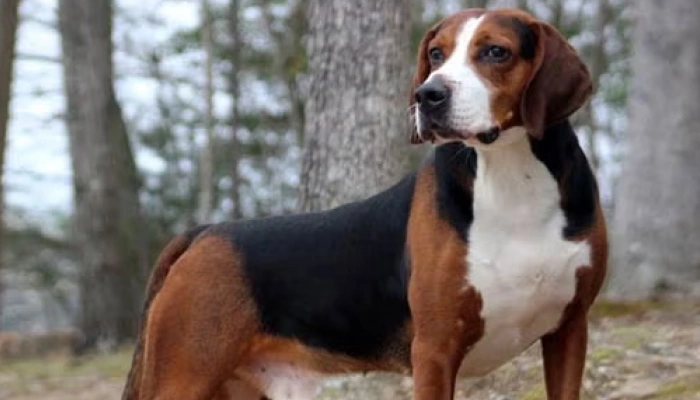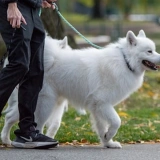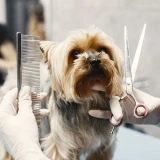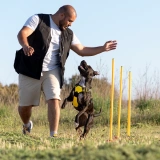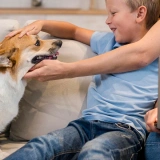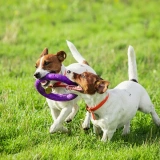The Hamiltonstovare is intelligent, easy-going, and cooperative, especially compared to more stubborn scent hounds. It’s eager to please during training, but its nose can easily take over—recall and leash training are essential from an early age.
Socialization should begin young to ensure the dog is confident in different environments, especially around other animals. This breed usually gets along well with children and other dogs but may chase smaller pets due to its hunting background.
The coat is short and easy to maintain, and the breed is generally very clean. Routine grooming and regular activity are enough to keep a Hamilton healthy and content.

